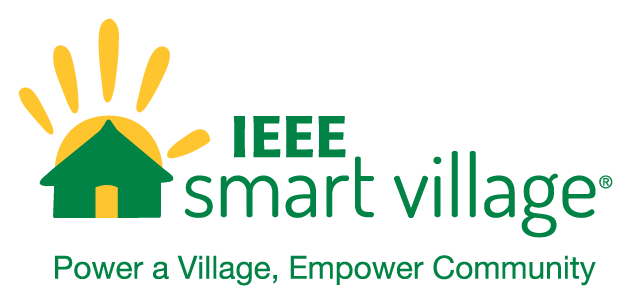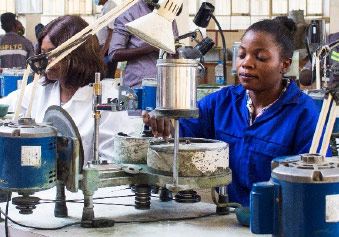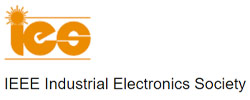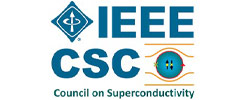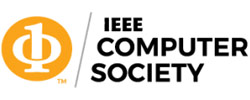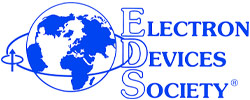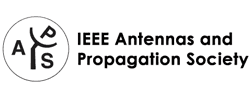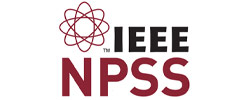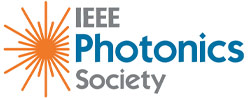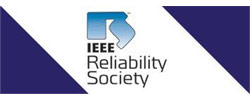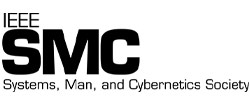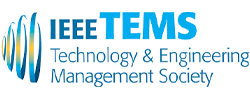EMPOWER: Vol 2. Issue 8 – November 2021
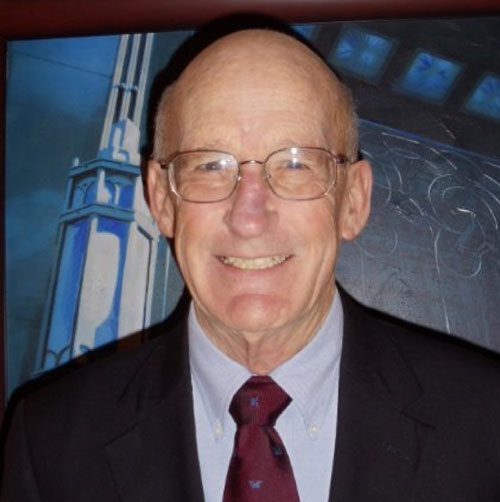
The President’s Message: An Insight into IEEE Smart Village
IEEE Smart Village’s (ISV) mission is to integrate sustainable electricity, education and entrepreneurial solutions to empower off-grid communities. Its vision is to see a world where all people enjoy equal access to electricity and education to grow opportunities and leverage change for themselves and others.
There are over one billion people in this world who have little or no access to reliable electricity. I have added the term “reliable” since there are close to one billion people without access to electricity and many more that do not have access to reliable electricity which is necessary to live a productive life. While ISV’s mission references off-grid communities, we also support and fund projects based on unreliable electricity.
As president, I have been extremely concerned with the huge challenge of our vision to see a world where all people enjoy equal access to electricity, education and entrepreneurial opportunities. What kind of an impact can ISV have on such a large problem? Can we make a difference? Are we wasting our time and money? Yes, these are questions that have come to my mind, especially when trying to find money to support global projects that the organization has in the queue.
Many of you can relate to the following story. As a conference chair in 2005, I sat in a conference planning meeting with my head spinning on things that needed to be done for the conference. One of my committee chairs noticed the concern on my face with all of the issues that needed to be resolved. I am going to paraphrase that person’s comment to me. He raised the question, John, how do you eat an elephant? I had never heard such a question before and the look on my face had to be perplexing. Without waiting, he said “one bite at a time and we are each here to help you.” I have used that philosophy ever since and it has not only given me piece of mind but has worked.
ISV is that elephant and as president, I am taking one bite at a time. While my bites and yours might be small, as an ISV community we are able to take many bites. We along with many other organizations are making an impact in the world. And one day, our vision will reach fruition.
The purpose of this message is to solicit your volunteer support to reach out to businesses, individuals, IEEE Societies, IEEE Councils, Foundations and others to help fund ISV Projects. ISV and the IEEE Foundation are here to help you in this effort. How can we do this?
- Through Giving Tuesday which is November 30 this year. The IEEE Foundation has promised to provide $500 if ISV gathers 30 new donors. To help with this effort, we have a donor who will match new donors up to a total of $7,500. For new donors, the amount is not critical, but the intent is. Go make your donation on.
https://www.ieeefoundation.org/SmartVillage_donation - Through support from IEEE Societies and Councils who can provide humanitarian support directly to ISV.
- Through volunteers who may be able to obtain support from their employers where sometimes employers will match employee contributions.
- Through volunteers who may have relationships with other humanitarian organizations.
Thank you for your support,
John P. Nelson
IEEE Smart Village President
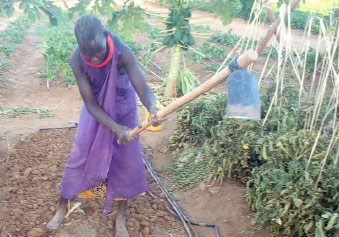
Naroot farm project gives Maria hope
“This farm has taken the place of my husband who left many years ago. Before I begun farming at Natoot farm in Turkana Kenya, my life was hopeless and lonely. Most of the women in the village didn’t want to associate with me; I had a few friends that we were sharing one thing in common. A life style of hand to mouth, we all struggled to have food on the table for our families. My only source of livelihood was selling of charcoal and making of brooms. From the sells I could collect some little cash to buy food for my family. However, when I did not make any sells, we were forced to sleep on empty stomachs. At times, I wished to die; I thought death could help me end my miseries. A few times when I prayed, I got some courage and hope to move on.”
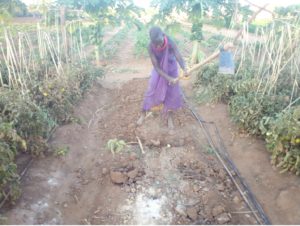
Maria Apem at the Naroot farm- Kenya
Despite the hardships of life, Maria Apem a mother of three children held unto her faith, hoping that a day will come for her life to take a new and a different direction. Little did she know that a transformation was about to happen her life, through the introduction of the Natoot farm project
“After joining the farm and joining my block team, we began having fellowship at the farm. During the meetings, we were taught a lot on how God takes care of his people and how he helps them through at times of need through such opportunities. We were encouraged to love one another and care for each other. Gradually, I found myself a midst a family of individuals who were loving and caring. Apart from getting food from the farm, I also got money to buy other foodstuff and cater for my other personal needs.” She narrated

Tomatoes harvested by Maria
Through her struggles, Maria has been able to take her son through primary education. While her neighbors in the village looked down on her because of her crippled financial status, Maria was determined to see her son succeed in getting an admission to a good high school. Every morning she woke up, her mind was set on the farm. Together with other block members in Block A2, Maria had planted tomatoes. Hardly did she believe that her tomato farm could enable her raise some money for her son Daniel.
Maria Apem is one among many farmers who through their hard work, and commitment have benefited greatly from the Naroot.
Recently ISV approve funding to help support the Naroot project which has been a game changer for most women through Agriculture.
Emerging Models of Collaboration between Smart Village, IEEE Societies, Rotary, and Corporations: Welcoming Volunteers to Invest their Time, Talent and Treasure!
By David Lansdale, Vice President Education Committee
IEEE Smart Village has experienced an exciting year of growth, with unprecedented opportunities, as the planet emerges from COVID and the combined challenges to health and economic development. With November 30th being designated Giving Tuesday 2021 just around the corner, and with all the promises unfolding in 2022, it is the hope of the IEEE Smart Village (ISV) education committee that you our readers will be inspired to push the vision and mission of the organization to greater lengths. As ISV, we continue to value our volunteers through their time, talents, (including the network of colleagues, friends, family form all disciplines). We believe in a community of entrepreneurs with a vision for transformation and economic empowerment. Furthermore, as students and young professionals we are excited about leadership and service in the schools, universities and professional associations. We look forward to our mentors to share their expertise to prepare future generations of inspired – servants-entrepreneurs.
With a dedicated ISV President John Nelson, the organization has focused on ways to adapt during and post COVID in emerging market economies around the world. Several committees have been set to this effect which are guiding the transformation of the three pillars of ISV: electricity, education and enterprise.
One of the developments has been the formation of Regional Working Groups, with carefully selected and appointed leaders to guide programs as they are identified, funded and evaluated. They include (emails are provided if you would like to contact them directly and get involved):
- Asia Working Group, Sanjay Patki, Vice President, sanjay.patki54@gmail.com
- Africa Working Group, Abullateef Aliyu, Vice President, a.aliyu@ieee.org
- North America Working Group, Joan Kerr, Vice President, fbscster@gmail.com
- Latin America Working Group, Mario Aleman, alemani@ieee.org
- China Working Group, Xiaofeng Zhang, xzhang123@gmail.com
A number of different models have emerged this past year in each of the regions, several of which are highlighted below to provide an overview of the projects, their leaders, and sources of funding for each. Additional opportunities for the coming year, with funding sources that include ISVX, IEEE Societies, the IEEE Foundation, Corporations, and an exciting new partnership between Smart Village and Rotary Internations, under the leadership of Silicon Valley Smart Village (SVSV) Rotary e-Club President Robin Podmore, with its most exciting project, a telehealth initiative in Africa led by Rotarian and Global Health Telehealth founder Dr. Jack Higgins. We provide a brief overview of each of the projects below from the different regions.
In Asia, ISVx funded one of the most successful projects launched by visionary entrepreneur Paras Loomba called theGlobal Himalayas Expeditions (GHE) led by Loomba . GHE is exploring ways to scale the “Travel to Empower Communities” model internationally to include additional world renowned destinations including the Maa Trust in Kenya (see smartvillage.ieee.org/project/the-maa-trust-kenya/) and the Galapagos Islands. Paras’ model includes contributions from corporations and individual tourists in the communities they visit. GHE has received international recognition from multiple organizations, including the UN World Tourism Organization, National Geographic, the BBC, Condor Nast Traveler, and the World Economic Forum. For an inspiring overview of Paras’ work, please visit www.ghe.co.in
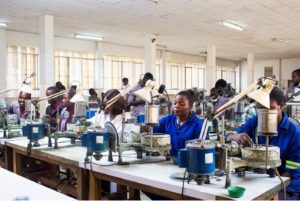
Women polishing gemstones at a training center in Zambia
In Zambia, Kanekwa Kachinga is launching a groundbreaking Gemstone Cutting and polishing Project. Through her leadership, women are being trained to cut and polish amethysts and other precious stones, enabling them to position themselves as beneficiaries in a value chain that has traditionally benefitted mining companies and intermediaries. The source of power for the machines for performing the gem cutting is solar electricity. Kanekwa’s dream has recently been approved for funding from ISVx, with the possibility of additional funding from Rotary.
An interesting alternative to the community inspired entrepreneurship model was proposed by Morgan Kiani, professor of Electrical Engineering at Texas Christian University. Morgan approached Smart Village leadership with an offer of $25K from the Industrial Electronics Society, where she serves as an officer, with a request for a project that would empower women in a local community. In collaboration with THE LAWG Vice President Mario Aleman, they launched an initiative that includes solar energy and education of women with the support of the local IEEE corps of volunteers on the outskirts of Tegucigalpa, Honduras.
Several additional entrepreneurial initiatives identify the recognition ISVx is receiving, both from the corporate sector, as well as from internationally acclaimed organizations. Recently, a leading provider of research databases, e-journals, magazine subscriptions, e-books and discovery service to libraries of all kinds approached the IEE Foundation, requesting opportunities to get involved in projects in Latin America. In short order, projects were identified that included funding for a digital library in the Galapagos Islands that will extend the reach of an Intranet initiative funded by the Humanitarian Activities Committee, SIGHT, and Smart Village. This includes several local entrepreneurs in the energy, education and community empowerment sectors on the Islands. Pali Singh and David Lansdale have received invitations from the Internet Society to receive funding for an action research proposal based on their vision to extend ownership of the Intranet to islanders. For a recent video about the Galapagos Intranet Initiative, see
https://drive.google.com/file/d/1DtXTESRbS9vC3VV3ydanqyQJvT8dRWcR/view?usp=sharing
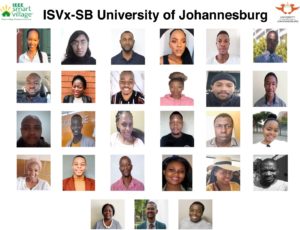
It is worth mentioning the work Professor Omowumni Longe who launched the first Smart Village Student Branch at University of Johannesburg. Given the important role of universities internationally, Dr. Longe’s work sets an important precedent for the identification, invitation and mentoring of future leaders while they are still students. Mary’s work is especially exciting in consideration of two important Rotary programs, Interact (for high school students) and Rotaract (for university students), which provide leadership and mentorship around the world. ISVx currently exploring ways to extend the collaboration of Rotary and Smart Village to high schools and universities for recruitment and the expansion of the mission of both organizations to youth who would be eager to get involved. The China Working Group leader Xiaofeng has also been extremely successful in engaging both schools and universities, both in the US and Chana, to support her vision and activities.
1st ISVx Hackathon in Latin America
In May this year, IEEE Smart Village volunteers (Sorcha Ní Mhuimhneacháin, Santiago Arias, Allan Calixto and Thiago Alencar) launched the first ISVx Hackathon in Latin America, in collaboration with Enactus UFABC, an international NGO that trains and empowers young entrepreneurs. The ISVx Enactus UFABC Hackathon was hosted online at UFABC (Federal University of ABC – https://www.ufabc.edu.br/) in Santo André (Brazil). The ISVx Enactus UFABC Hackathon challenged the university students to submit proposals based on the 3 ISVx pillars (Electrification, Education and Entrepreneurship) to reduce Illegal grid connections.

Figure: ISVx ENACTUS UFABC Hackathon organizers
The ISVx hackathon included 5 teams, with 41 attendees from different backgrounds. The Hackathon had 71% females as team members, 40% engineering students and 60% university students..
The IEEE R9 HAC chair (Thiago Alencar) provided a presentation about SROI (Social Return on Investment) as part of the training sessions to all ISVx ENACTUS hackathon team members:
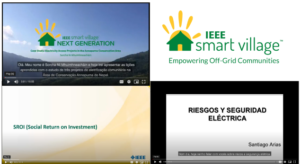
Figure: Training sessions for the ISVx ENACTUS UFABC Hackathon
All team hackathon proposals showed great potential about how interdisciplinary teams can identify and submit innovative proposals to achieve the ISVx pillars.
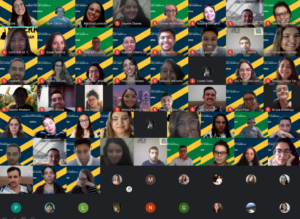
ISVx ENACTUS UFABC Hackathon team members
Several lessons emerged when the ISVx ENACTUS UFABC Hackathon was analyzed. First, that university students were delighted to be challenged to provide entrepreneurial solutions to complex sustainable community problems. Second, one of the more exciting outcomes included the discovery by participants that they were working with students from disciplines different from their own, thus resulting in more holistic, interdisciplinary initiatives; and third, the collaboration between the Smart Village Future Young Leaders group and Enactus, given the breadth of perspectives provided by the two organizations, produced significant dividends reflected in the projects presented for review in the course of the five days of the Hackathon. This virtual competition model represents a promising vehicle for recruitment and training for Smart Village, as well as for Rotary and Enactus.
This overview of projects, initiatives and proposals reviewed, funded, championed and evaluated by Smart Village underscore the importance of this appeal to you, dear reader, to consider supporting our work as 2021, with its challenges, draws to a close, and a new year unfolds. In particular, we invite you to consider how we can get universities more involved, based on Professor Longe’s work, to create more student chapters in each of the ISVx regions. We are also convinced of the importance of reaching out to a broader constituency with volunteers with a more multidisciplinary membership. The role of technology, social media, and connectivity must figure more prominently, with activities like the May Hackathon becoming more frequent and prevalent. Raising up a new generation of young Smart Village leaders, mentored by retired veterans with invaluable experience in the field, is critical to the present and future success of the organization. We invite you to visit our website, smartvillage.ieee.org, for additional information on how you can participate in and contribute to our exciting, humanitarian initiatives around the world, and thank you in advance as we move beyond the Covid pandemic to embrace new opportunities for responsible and sustainable community development around the world!
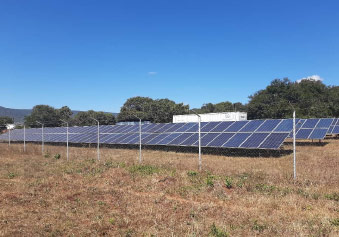
Power to the rural majority in Malawi
The recent census shows that Malawi’s population has surged from 13.1 million to 17.5 million between 2008 and 2018, with 84 in every 100 Malawian living in rural areas. However, only 18 percent of the household have access to national electricity grid and this includes a meagre four percent among the rural majority.
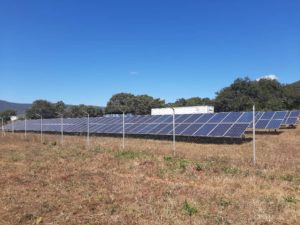
Mini-grid at Sitolo Village, Malawi
The recent census shows that Malawi’s population has surged from 13.1 million to 17.5 million between 2008 and 2018, with 84 in every 100 Malawian living in rural areas. However, only 18 percent of the household have access to national electricity grid and this includes a meagre four percent among the rural majority.
The low access to electricity, which rightly touted as a trigger for economic transformation, health and other max of wellbeing, slows the growth of small businesses. However, a solar powered mini grid installed at Sitolo village in Muchinji shines a light on how decentralized systems can deliver the game changer to communities excluded from the electricity supply corporation of Malawi transmission lines.
The 80 kilo watt mini grid in Muchinji district along the border between Malawi and Zambia is a fruit of the national renewable energy strategy of 2017 adopted to the close energy gaps. Through the blueprint the government encourages solar, hydro and wind power mini grids by independent power producers for communities located at least 15 kilometers from the grid.
According to the strategy shows, the self-sufficient power generation supply systems detached from the national grid can accelerate access to electricity for about 27 percent of the country’s population. Sitolo is located 15 kilometers from the Malawi- Zambia boarder a rural setting marked by subsistence farming.
The sustainable energy project is being implemented by community energy Malawi (CME) in partnership with Community Energy Scotland and the Ministry of Energy. The mini grid was developed with financial support from the global environment facility through the United Nations Development Programme (UNDP) in partnership with the Malawi government.
Just like most areas in Malawi Sitolo has abundance of sunlight for a solar mini grid. The mini grid launched on December 23rd 2019 by Bintony Kuntsiira the then minister responsible for energy harnesses this natural resources for the benefit of the farming community. The government and its partners recognize the project as a trend setter in terms of its quality and impact in the area.
This project as being described as flagship project that demonstrates the power of decentralized solutions to transform lives. It is the hope that project will be replicated in other areas to improve access to electricity. The socio- economic impact the project has brought to Sitolo has encouraged most of the locals to find something to do.
During the launch the mini-grid was supplying 160 households and business in the area. This has helped the subsistence farmers diversify their income generating activities, with some venturing into high earning startups that depend on the electricity such as welding and maize milling. And the shop owners connected to the mini grid started selling refrigerated goods and increased their business hours.
This has improved their profit margins, to the delight of CEM Country Director Edgar Kapiza’ Bayani. “Our aim is to transform communities, so we are satisfied with our work in Sitolo together with our supporting partner “he says.
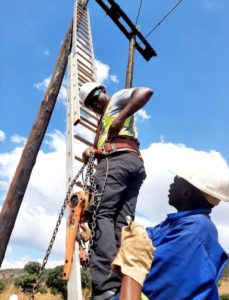
CEM Director Edgar Bayani on the ladder at Sitolo village – Malawi
CEM has since expanded the mini-grid to Ndawambe and Molosiyo villages in the vicinity. With the extension, it has now benefits over 1000 households and businesses. The aim of CEM is to create one million jobs, especially for the youth and women.
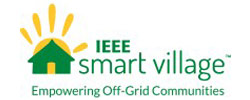
ISV marketing team says thank you!
Dear Subscriber,
The ISV media and marketing team would want to thank you for your continued support to our newsletter. You our readers make EmPower possible and we don’t take that for granted. We hope to continue providing you with amazing stories, opportunities, happenings around the ISV family and the world.
We would like to call on you to share the newsletter with your loved ones, colleagues to grow the ISV family.
Finally we need your support by sharing with us some of the amazing stories from the year, what you would want to see different and some of the ideas that would best improve the newsletter.
Thank you and best wishes as you start preparing for the holidays!
ISV Media and Marketing team.
